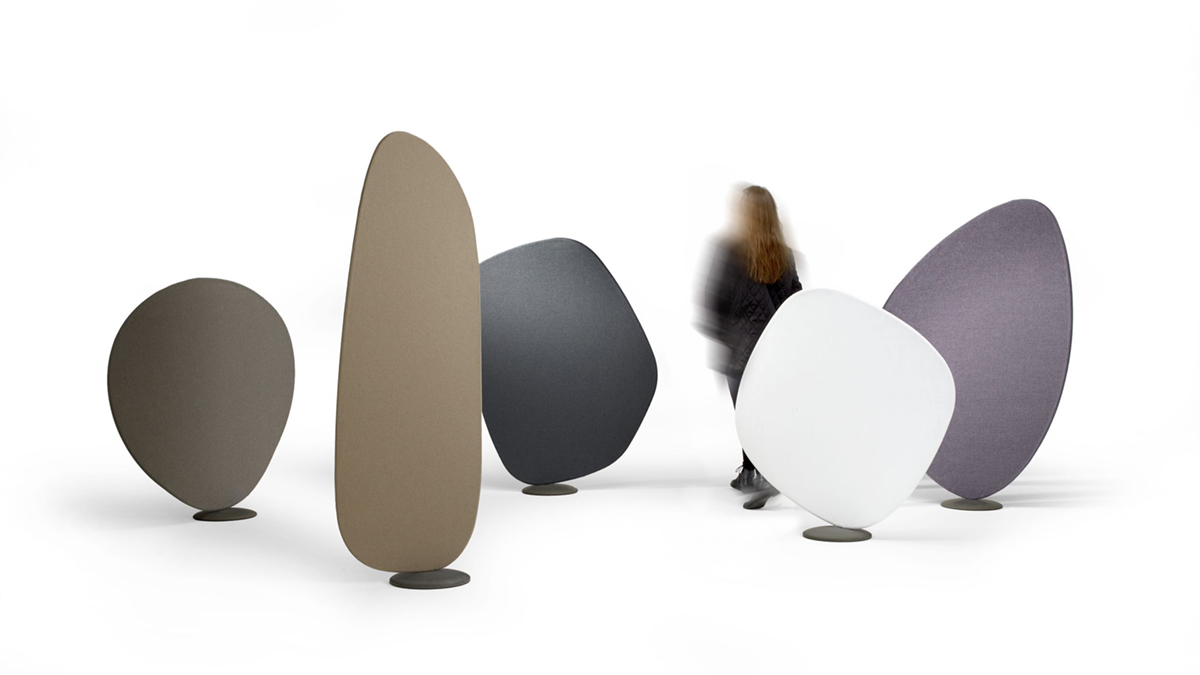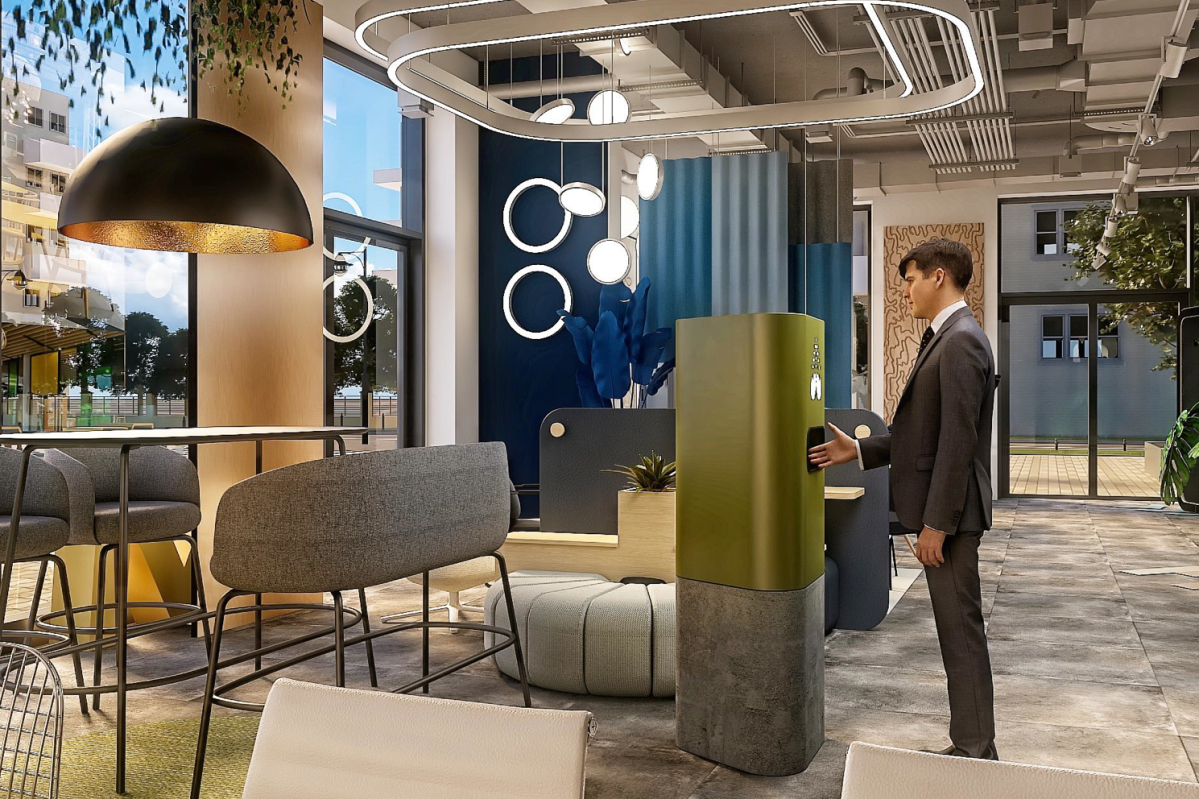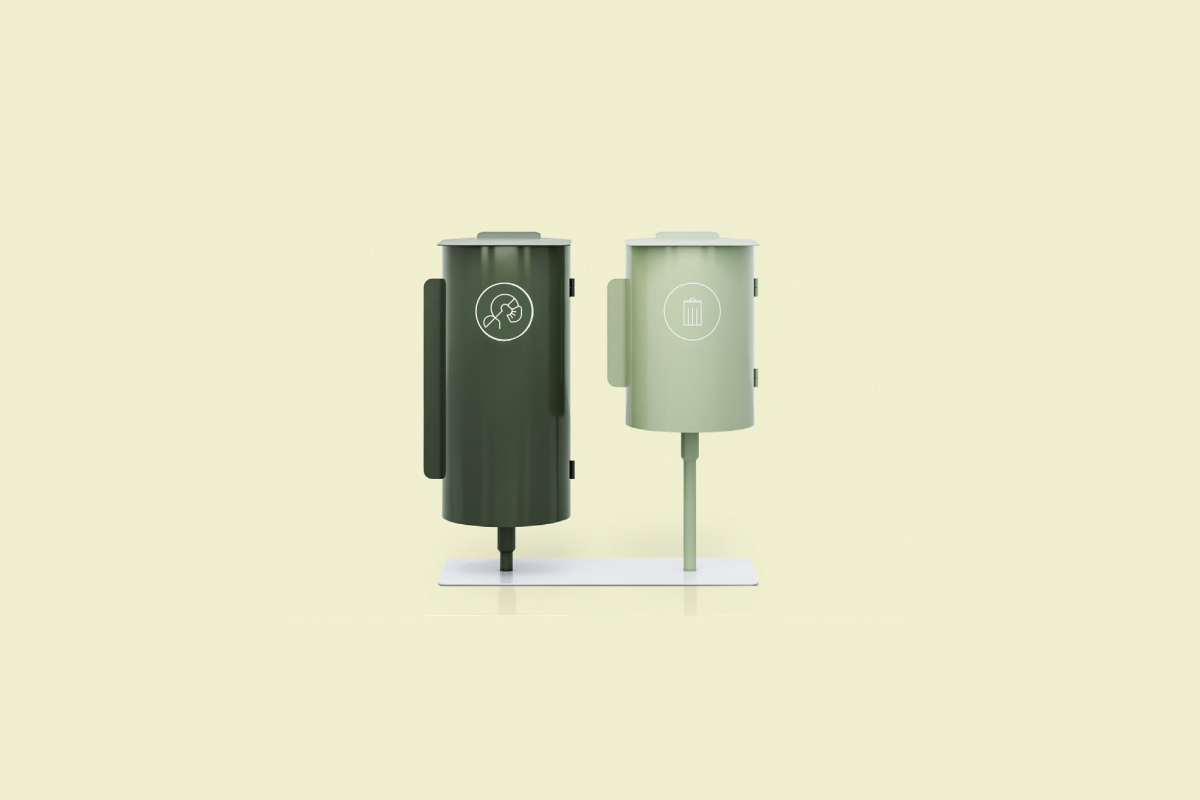We have analyzed over 50 industry reports, many interviews and expert commentaries. We have used the know-how of our partners (among others Haworth, Actiu, BuzziSpace, Framery and Vitra). We have looked for ideas for the future in essays by renowned Polish writers (e.g. Olga Tokarczuk, Jacek Dukaj, Andrzej Stasiuk). We have read reports from China which had to look for solutions a few weeks earlier than us. Finally, we have prepared the most important conclusions.
We have done this in order to understand the direction of changes caused by the pandemic. And next: share the knowledge and ideas with our customers: investors and architects.
What challenges should we expect? It’s certain that adaptation to the new reality should be discussed on many levels. It is a longterm process, with each stage having different priorities.

Actiu, How to adapt the workplace to Covid19
Today the most urgent task is preparing offices for the return of employees: changing of the arrangment of office space, dilution of office desks. So called “chessboard” or “zigzag” (refraining from using every second desk) help to maintain the proper distance between the employees, unfortunately also lowering the number of available work stations. Missing stations can be sought in unused rooms, conference rooms or open spaces (if it’s equipped with additional work stations of acoustic booths).

Offecct, Wind Acoustic Room Divider (projekt: Jin Kuramoto)
Another solution which is highly popular is various screens. The choice is so large (hanging, standing, desk etc.) that we discuss this product category in a separate article.

Showroom Marro, Stacja do dezynfekcji rąk (prototyp)
Apart from change of arrangment highly important are safety procedures: equipping office with hand disinfection stations. Increasingly needed are also litter bins for masks, gloves, tissue. Optimal solution are closed, touch-free litter bins (opened with a hand motion). It’s worth thinking about an additional space for storing disinfectants and cleaning products.

Kosze TreCe
Another model under under consideration is “shoeless office”, in which employees change their shoes after entering the office. As a result viruses and germs are not spread over the entire office. The idea can be especially useful in autumn-winter season. It requires lockers for storing shoes.

Wykładzina Bolon (University Melbourne Veterinary Clinic)
It’s important to provide a clear navigation. Apart from signs of use can be… flooring. The flooring pattern can be used not only as a decoration but also information. Circles with 1,5-2 m radius or other figures can remind about keeping proper distance from the desk or reception.
Each crisis leads to increased crativity. However, it’s important to remain cautious: time or practice verify various ideas. For example: a proposal to introduce one way movement – popular at the beginning of pandemic – is met with increasing scepticism. It seems more sensible to provide zones where only certain teams can work.
Another priority are safety issues, new rules of using the office. Next stage will be a longterm crisis management adn then working on future scenarios. How will office be used? How will home office be organised. These are the two key questions. Elaboration, preferably together with the employees, of a vision of future work will allow to conduct a full cycle of change – more about this in the following articles.
All texts from the “Return to the office” cycle can be found in the RESEARCH category. If you need help in adjusting the office to the new environement, contact us – we will help you find the optimal solutions.



